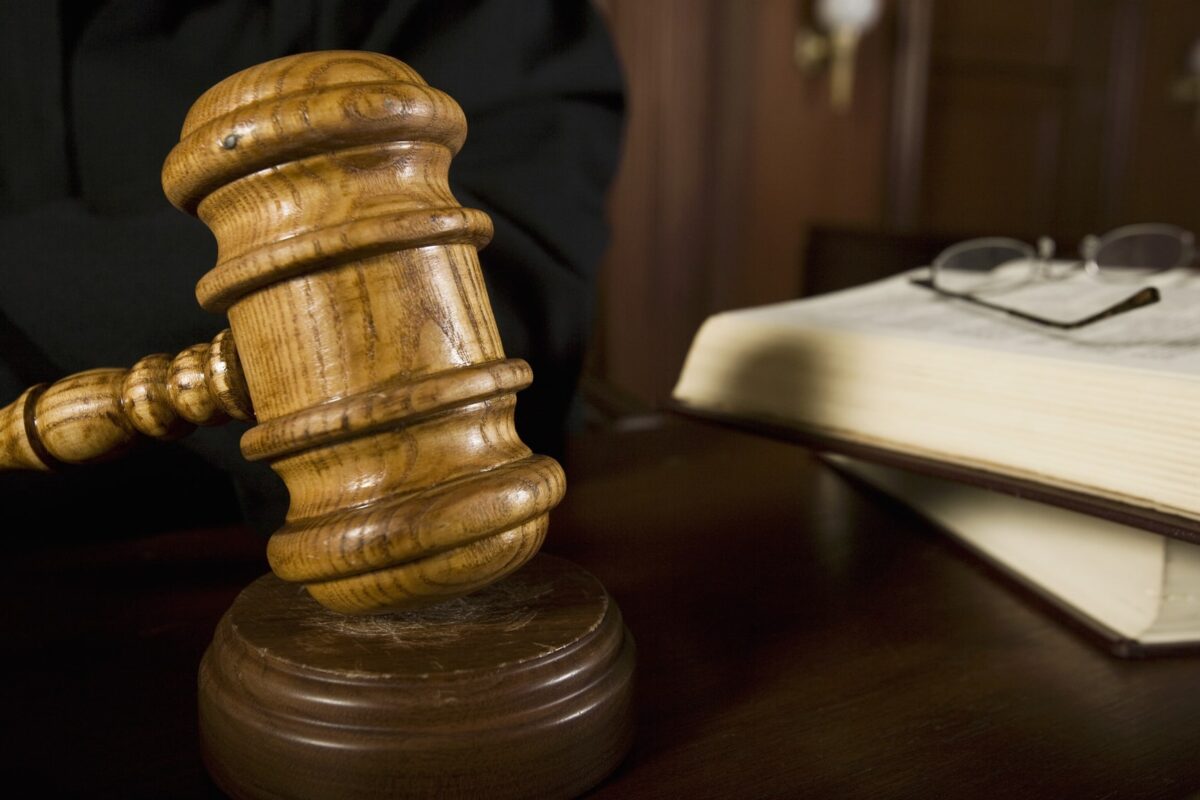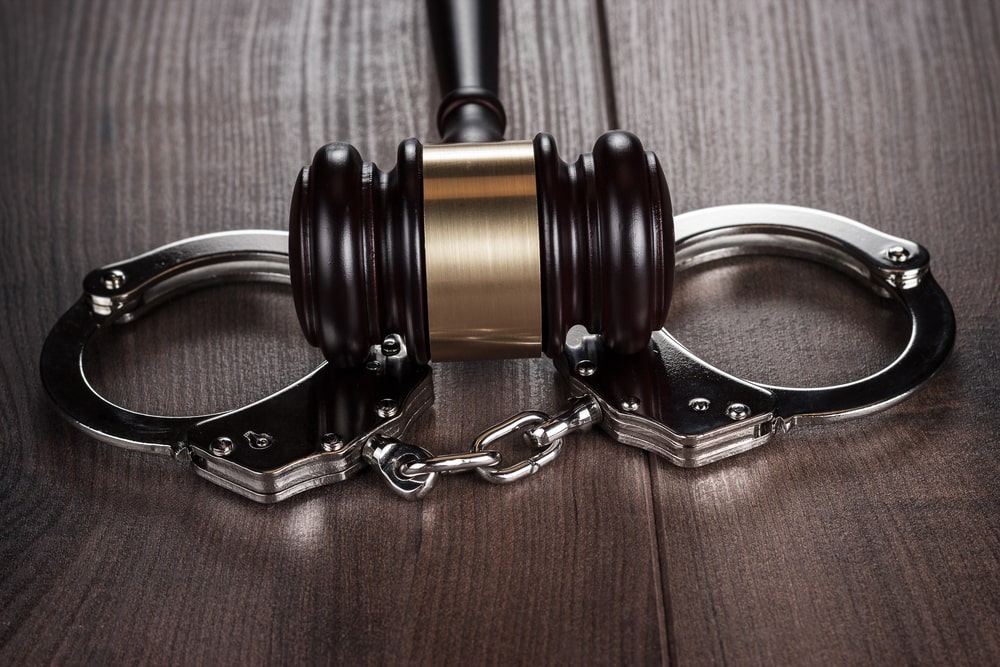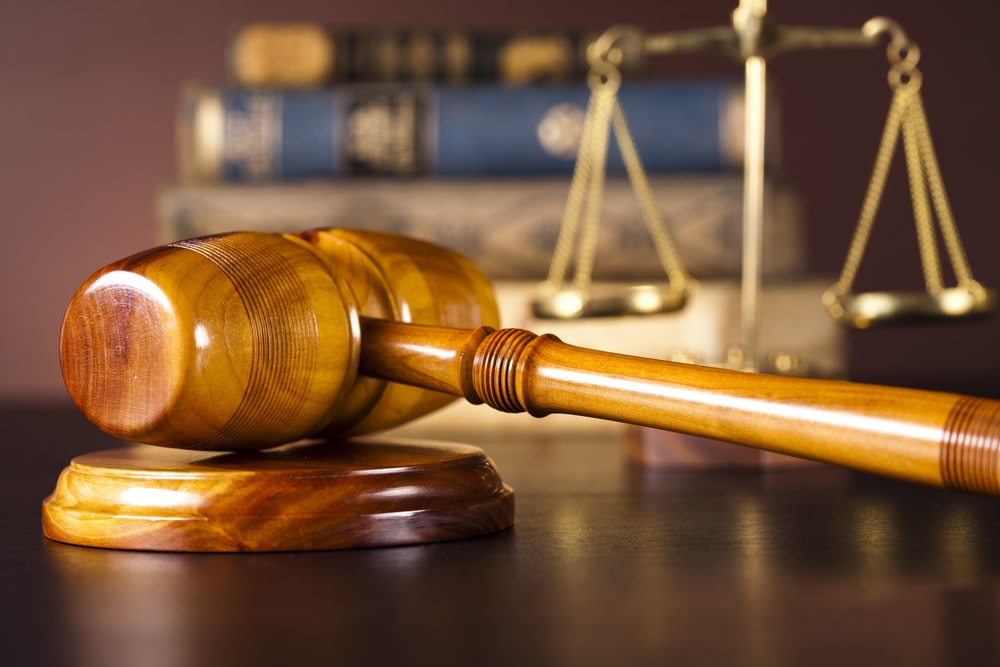Prenuptial agreements are often associated with financial matters, but they also play a critical role in protecting parental rights, especially for couples pursuing alternative family formation pathways like surrogacy. Surrogacy introduces unique legal considerations, and a well-drafted prenuptial agreement can help clarify expectations and safeguard both parties’ interests.
Establishing Parental Rights Before Marriage
Couples considering surrogacy should discuss how parental rights will be addressed before marriage. A prenuptial agreement can outline each partner’s rights and responsibilities, including decisions related to the surrogacy process, financial obligations, and parental roles in case of divorce or separation.
While surrogacy agreements handle many aspects of the arrangement, a prenup adds another layer of legal protection by reinforcing the couple’s intent regarding parenthood. This can be particularly important in states where surrogacy laws vary or when one spouse is not genetically related to the child.
Defining Financial Responsibilities
Surrogacy involves significant expenses, including medical costs, legal fees, and compensation for the surrogate. A prenuptial agreement can specify how these expenses will be handled during the marriage and in the event of a divorce. It can also clarify whether both spouses will share financial responsibility for the child’s upbringing, regardless of biological connection.
Also, it’s important to know that a prenup can address issues such as the disposition of unused embryos or future surrogacy plans, which can help prevent disputes down the road.
Legal Protections For Intended Parents
A well-crafted prenuptial agreement can reinforce a couple’s intentions regarding parental rights. If a dispute arises, having clear terms in place can support legal arguments in favor of maintaining custody and parental responsibilities.
In some cases, a spouse who is not genetically related to the child may face legal hurdles in establishing parental rights. While adoption or parentage orders often resolve this issue, a prenuptial agreement can serve as additional evidence of the couple’s intent to share parental responsibilities.
Avoiding Future Disputes
Addressing surrogacy-related concerns in a prenuptial agreement can help couples avoid legal battles in the future. By clearly defining financial commitments and parental rights, both parties enter the marriage with a shared understanding of their responsibilities. This proactive approach can reduce the likelihood of misunderstandings and court disputes should the marriage end.
Attorneys like our friends at the Law Office of Daniel Clement can attest to the importance of thorough legal planning in family matters. Having these discussions early and working with an experienced attorney can help couples draft agreements that reflect their intentions and protect their rights.
Couples planning for marriage and surrogacy should consult a prenup lawyer to draft an agreement that aligns with their family goals. Legal guidance can help ensure that the agreement complies with state laws and provides the necessary protections for both spouses and future children.
Taking these steps before walking down the aisle can provide a sense of clarity and security, allowing you and your soon-to-be spouse to focus on building a solid foundation for your marriage and growing your family with confidence.











